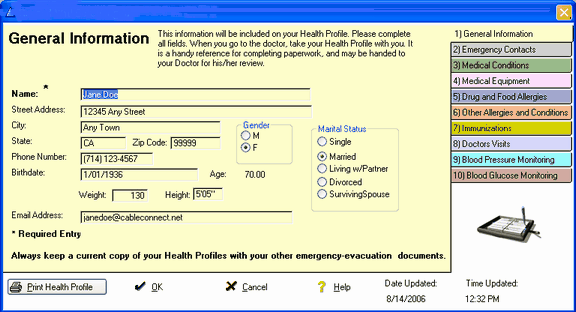Normal Breathing Rates Explained

Normal breathing rates are a crucial aspect of human physiology, and understanding them is essential for maintaining overall health and well-being. The average person takes around 17,000 to 23,000 breaths per day, with the rate varying depending on factors such as age, sex, and physical activity level. In this article, we will delve into the world of normal breathing rates, exploring what constitutes a normal breathing rate, the factors that influence it, and the importance of monitoring breathing rates in various situations.
What is a Normal Breathing Rate?

A normal breathing rate, also known as a normal respiratory rate, is the number of breaths a person takes per minute. The normal range for adults is between 12 and 20 breaths per minute, with an average rate of 16 breaths per minute. However, this range can vary slightly depending on the individual’s age, sex, and physical condition. For example, newborn babies have a higher breathing rate, ranging from 30 to 60 breaths per minute, while older adults may have a slightly lower rate, ranging from 10 to 18 breaths per minute.
Factors that Influence Breathing Rates
Several factors can influence a person’s breathing rate, including physical activity level, age, sex, and overall health. For instance, during intense physical activity, the breathing rate can increase significantly, sometimes up to 40 breaths per minute or more, to meet the increased oxygen demands of the body. Similarly, stress and anxiety can also cause an increase in breathing rate, as the body’s “fight or flight” response is triggered.
| Age Group | Normal Breathing Rate (breaths per minute) |
|---|---|
| Newborn (0-1 month) | 30-60 |
| Infant (1-12 months) | 24-40 |
| Toddler (1-2 years) | 22-38 |
| Child (6-12 years) | 18-30 |
| Adult | 12-20 |
| Older Adult (65+ years) | 10-18 |

Importance of Monitoring Breathing Rates

Monitoring breathing rates is vital in various situations, such as during exercise, sleep, and medical procedures. For example, athletes often monitor their breathing rates to optimize their performance and prevent exhaustion. Similarly, medical professionals closely monitor breathing rates in patients to detect any potential respiratory problems or complications.
Abnormal Breathing Rates: Causes and Concerns
Abnormal breathing rates can be caused by various factors, including respiratory diseases, cardiovascular conditions, and neurological disorders. For instance, chronic obstructive pulmonary disease (COPD) can cause a significant decrease in breathing rate, while heart failure can lead to an increase in breathing rate. It’s essential to seek medical attention if you experience any unusual changes in your breathing rate or pattern.
What is the normal breathing rate for an adult?
+The normal breathing rate for an adult is between 12 and 20 breaths per minute, with an average rate of 16 breaths per minute.
What factors can influence breathing rates?
+Several factors can influence breathing rates, including physical activity level, age, sex, and overall health. Stress and anxiety can also cause an increase in breathing rate.
Why is monitoring breathing rates important?
+Monitoring breathing rates is essential to detect any potential respiratory problems or complications, especially during exercise, sleep, and medical procedures. It can also help optimize athletic performance and prevent exhaustion.



